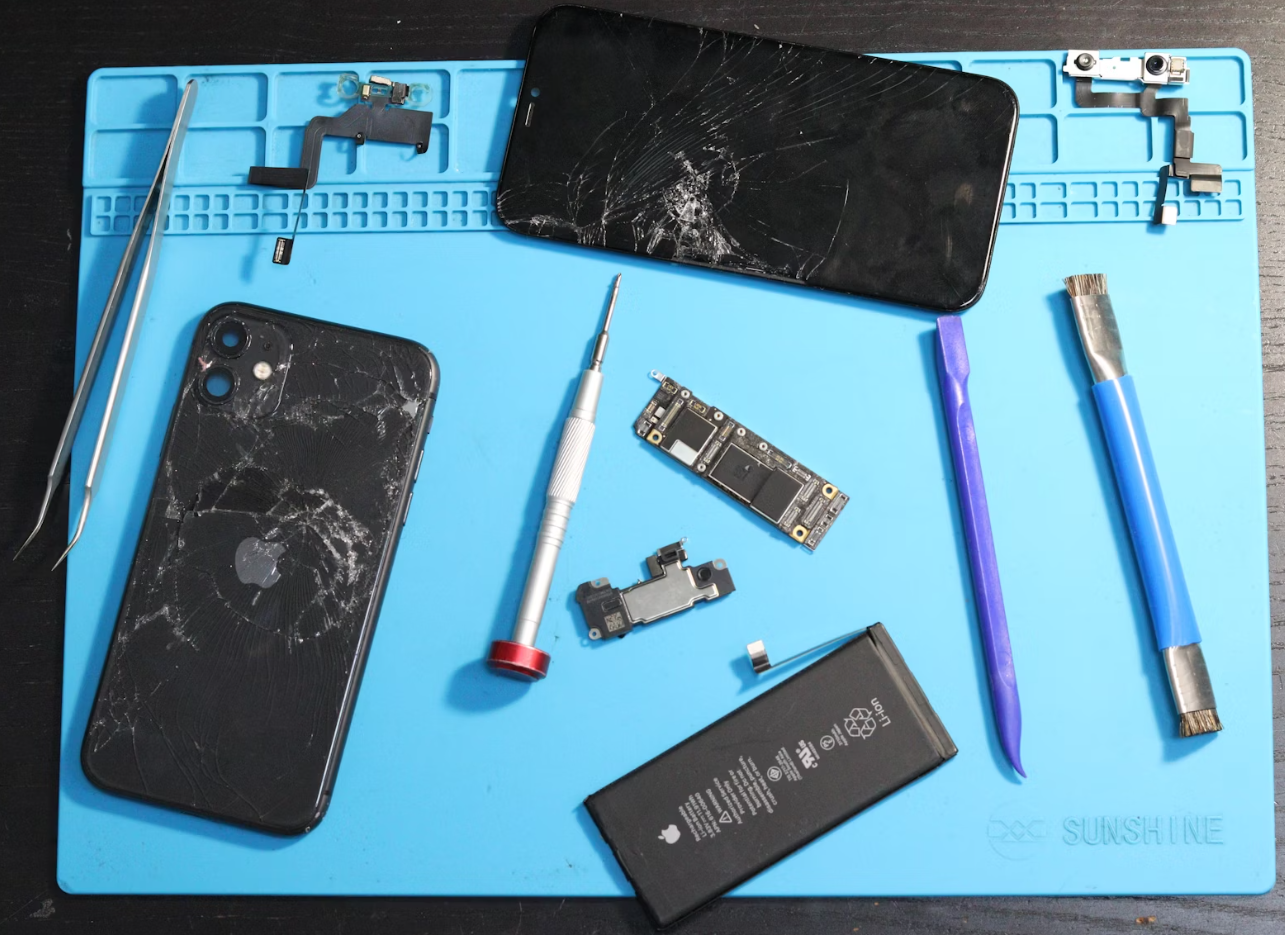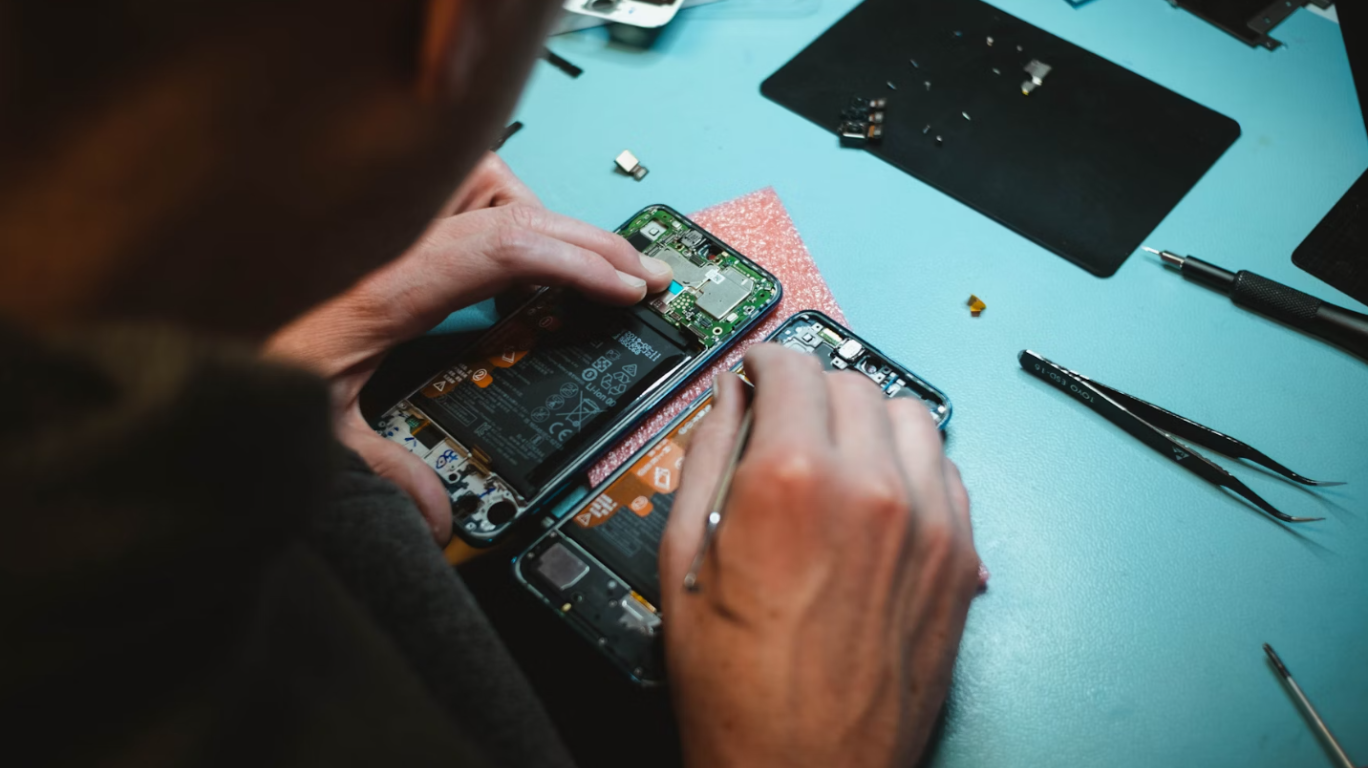Right to Repair: How Laws Reshape Device Lifecycles
For years, many consumers have felt locked out of their own devices, with no other option but to throw away their old devices and buy new ones. Whether it’s a smartphone battery that can’t be replaced without specialist tools or a laptop that seems impossible to upgrade, repairs have often felt out of reach.
But things are changing. Across the UK and EU, Right to Repair laws are gaining momentum, and they’re set to transform how we can extend the lifespan of our devices. It’s good for the planet and good for our pockets; the more we repair our devices, the more money we save and the more we protect our environment.

What is the Right to Repair?
The Right to Repair movement is about giving consumers more control over the devices they own and operate. These new regulations require manufacturers to make spare parts, tools, and repair information more readily available—not just to approved service centres, but also to independent repairers and, in some cases, directly to the public.
For tech users, this means fewer barriers when something goes wrong. Instead of replacing an entire device at the first sign of trouble, you could have the option to replace a worn-out battery, a broken screen, or a faulty charger port.
Extending the lifespan of devices
One of the biggest wins for consumers is longevity. A smartphone or laptop is no small investment, and Right to Repair laws encourage manufacturers to design products that can last longer. With improved access to replacement parts, you can extend the lifespan of your gadgets without compromising performance.
Imagine keeping the same phone for five or six years—not because you have to, but because it continues to meet your needs. This not only saves money, but it also makes your tech feel more like a long-term investment than a short-term purchase.

Environmental benefits
Sustainability is increasingly important to consumers, and technology is no exception. Extending the life of our devices means fewer electronics heading to landfills and less demand for the raw materials required to make new products. The EU and UK’s commitment to greener policies aligns neatly with Right to Repair initiatives, ensuring that our tech use can be both practical and responsible.
For tech users, this creates a positive cycle: affordable repairs keep costs down, longer lifespans keep devices running, and sustainable practices support the environment—without sacrificing innovation.
What you should know
While Right to Repair laws are a step forward, they are not uniform across regions. The UK has implemented its own rules, and the EU has taken a slightly different approach. In some cases, only professional repairers will have direct access to parts, while in others, consumers may be able to carry out simple fixes themselves.
It’s worth checking the specifics in your country to understand exactly what’s covered. But regardless of the details, the direction of travel is clear: more repair options, more consumer choice, and greater control over your own technology.

Looking ahead
Right to Repair laws represent more than just convenience—they represent a cultural shift in how we view and value technology. By giving consumers better access to repairs, these regulations empower us to treat our devices as lasting assets rather than disposable items.


